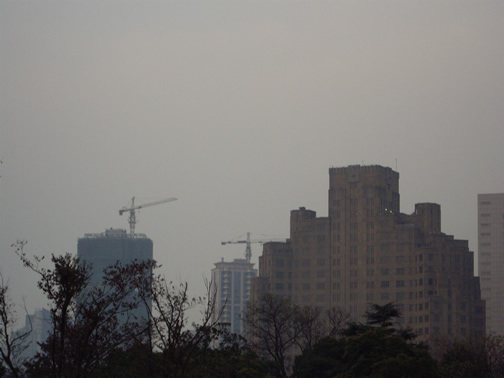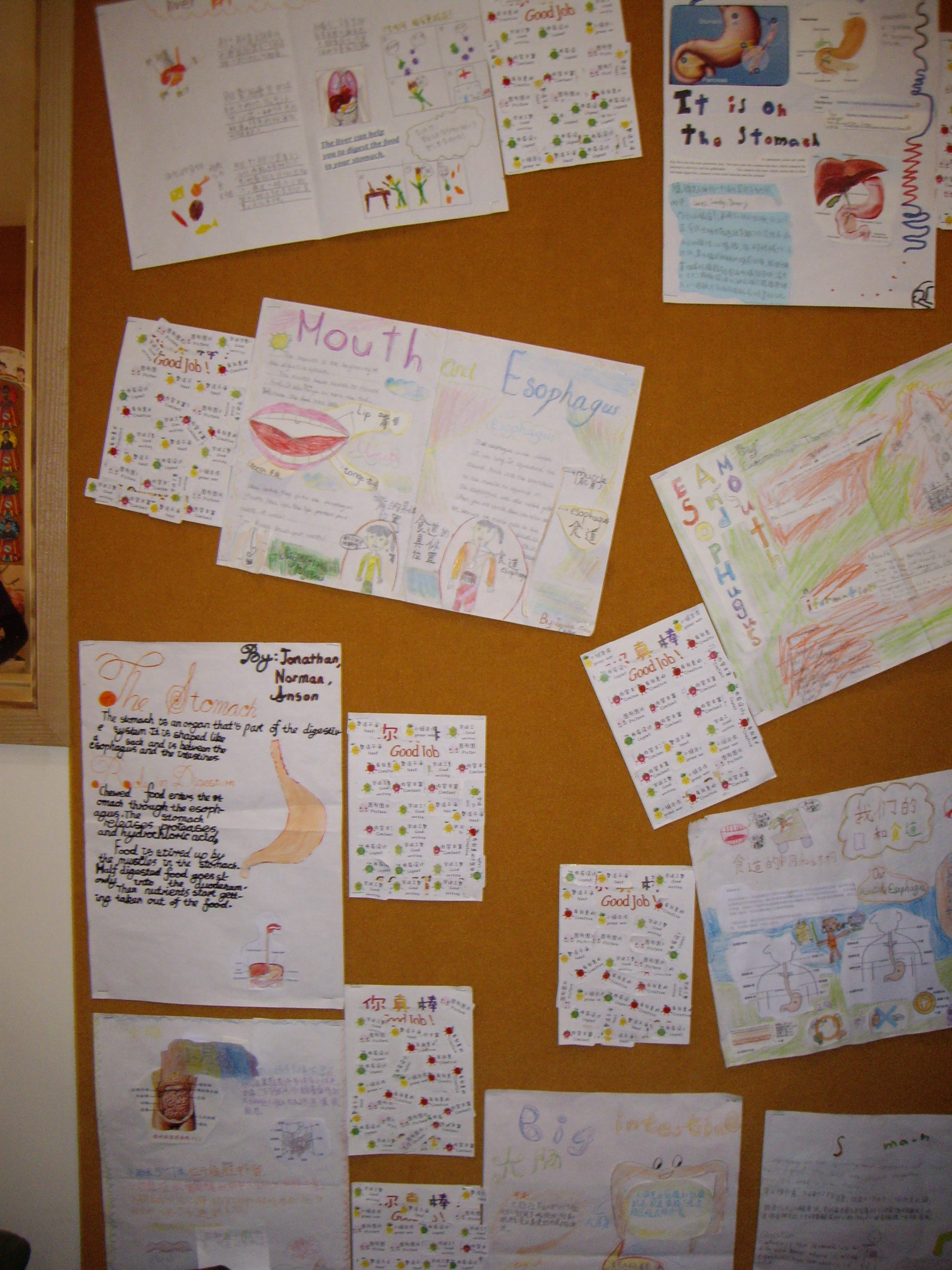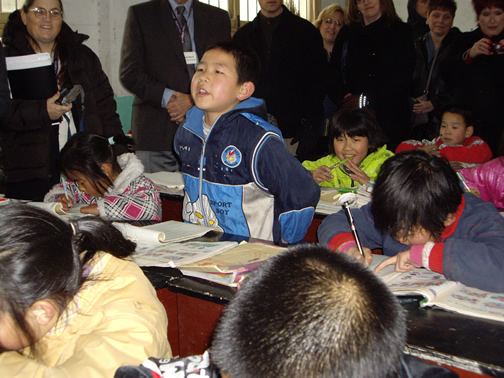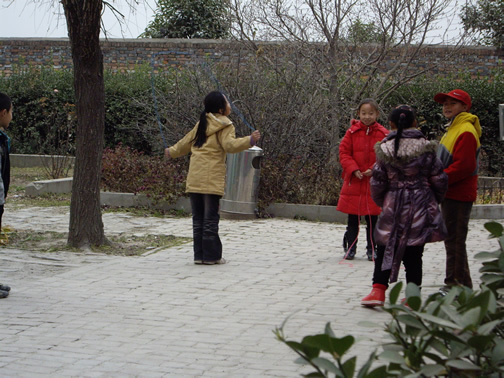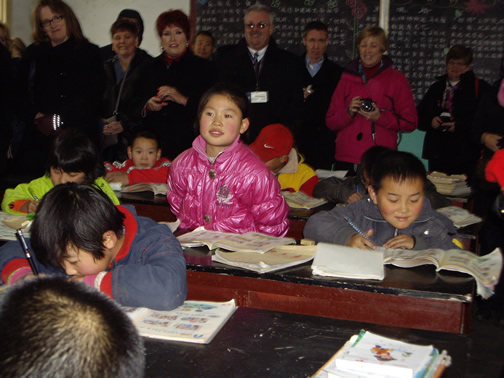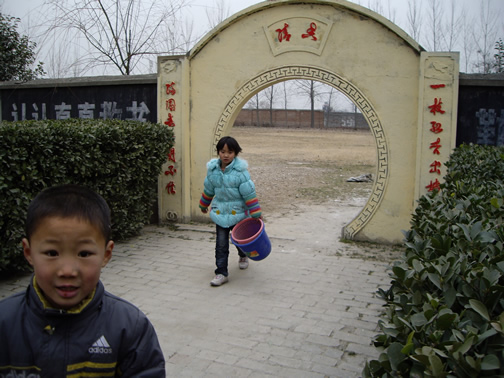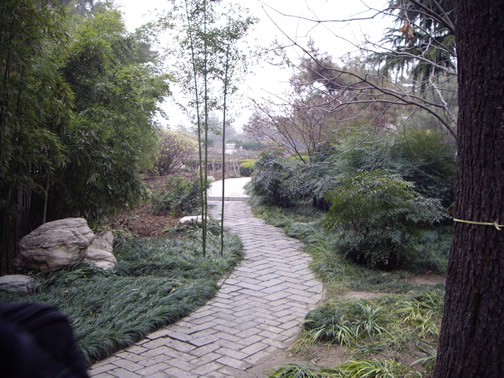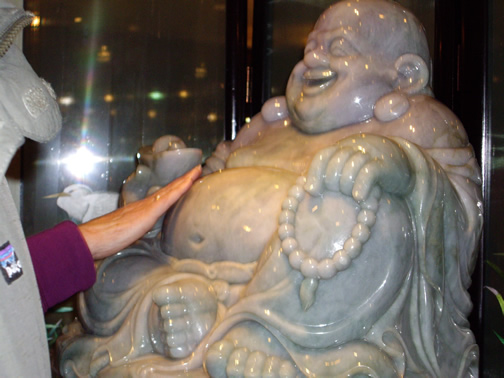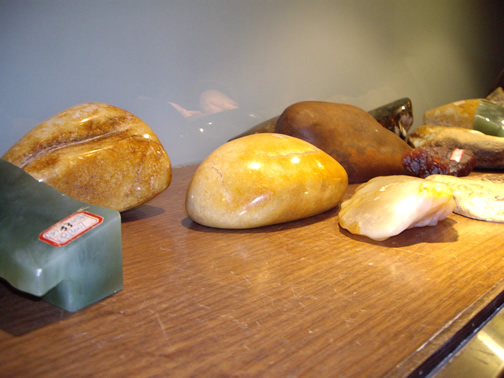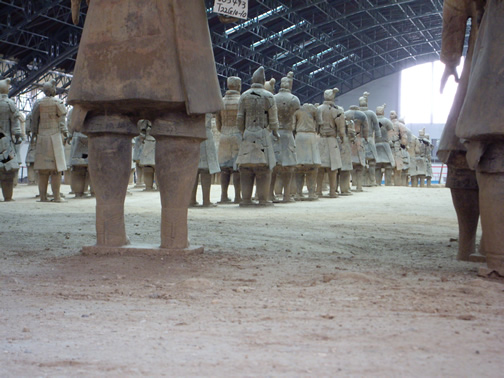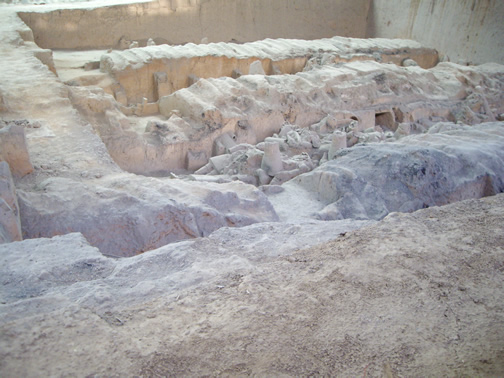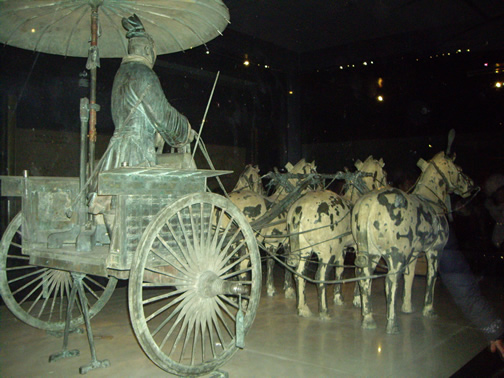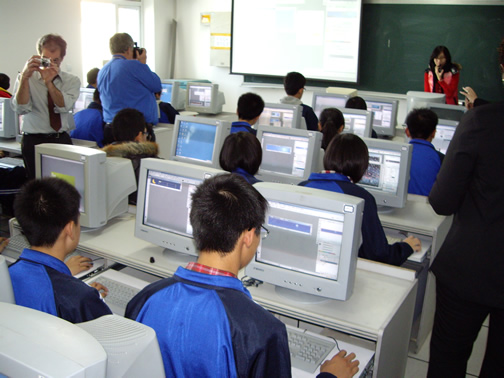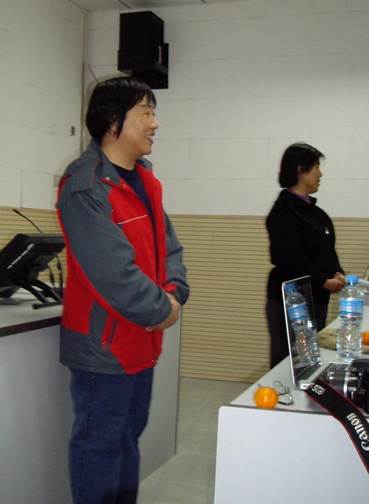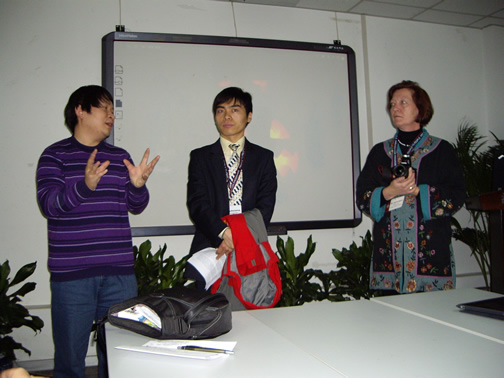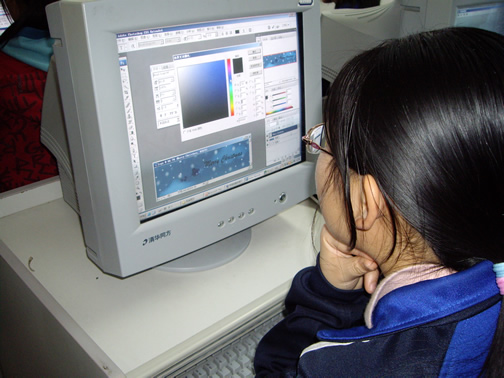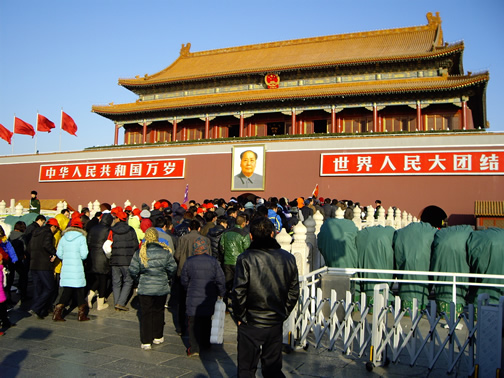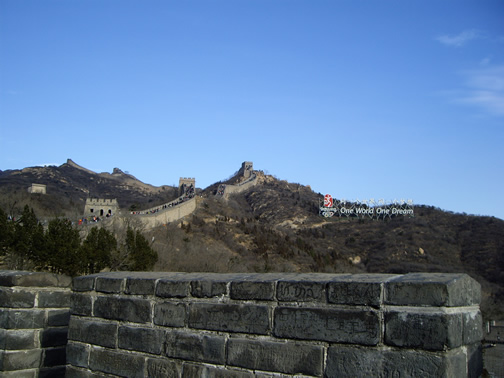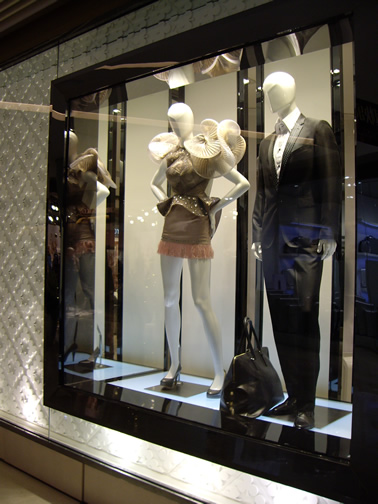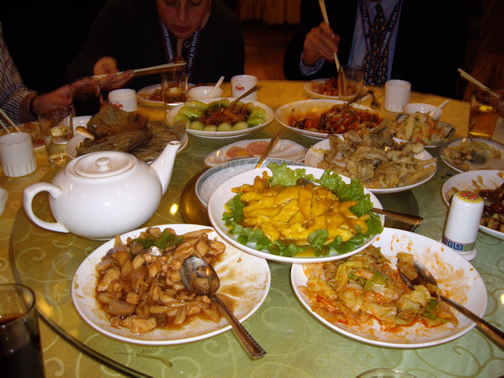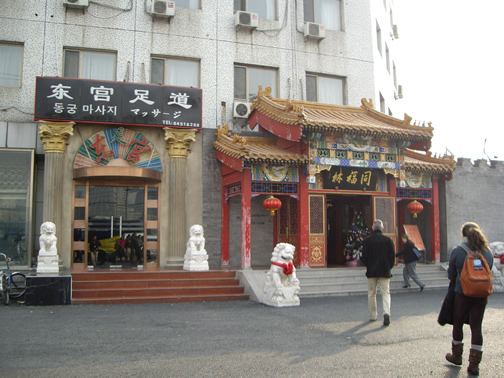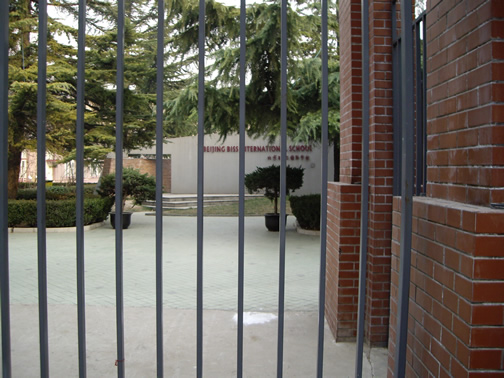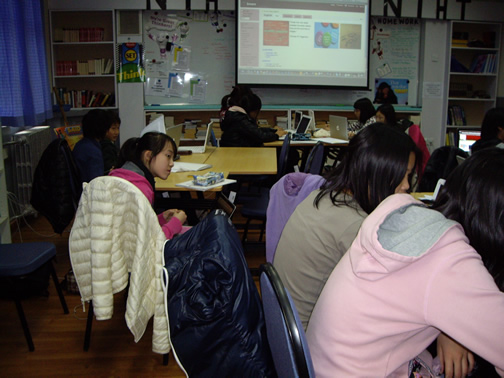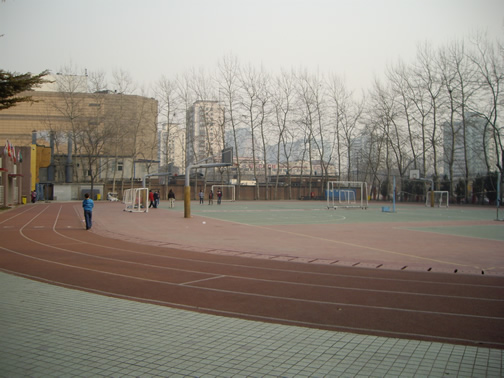Ten plus ten plus ten reflections on China
Posted once I was off the plane and back online after some sleep…
As I write this, I am flying past Mt. Fuji on our way back to the U.S. The plane is packed with people, including more Americans than I have seen in the past two weeks. It seems strange to encounter strangers who speak to me in English! The long flight (10+ hours with a tail wind) gives me a chance to reflect a bit on the trip. I have many more posts to come with corrections to some of my early observations and a lot more to tell about each place we went.
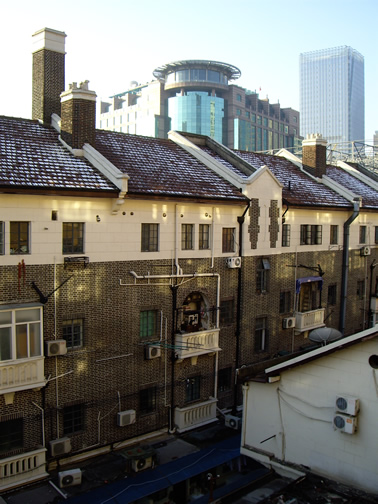 Ten + 1 things I will miss about China
Ten + 1 things I will miss about China
1. Surprising juxtapositions of smells, foods, colors, people, and buildings
2. Ni hao, xie xie, and “smiling”
3. Traveling and learning amid forty amazing educators who see education as a dynamic, personal journey for both student and teacher
4. Profound, broad Chinese pride without hubris, a pride in their historic ingenuity, current progress, and rising status in the world
5. History unfathomable for those of us from a country a mere 235 years old and the Chinese people’s love for that history as their common anchor during times of trial
6. Our national guide, Shawn (his English name), and his willingness to respond insightfully and respectfully to every question; his head bobbing slightly to the side as he began each response with a smile. His English was impeccable and quite sensitive to subtlety.
7. Symbolism, spirits, dragons, earth, and heaven, feng shue (sp?) surrounding us u ntil we actually began to notice the details on our own
ntil we actually began to notice the details on our own
8. Streets, sidewalks, and highways swept spotless by lone workers with large, curled, natural straw brooms
9. Learning to resist the urge to compare everything to the U.S. and to simply observe and learn
10. Laundry opportunism: city apartment buildings tall or low, decorated with laundry drying in hazy sunshine, row after row of gadgets suspending sheets or shirts stories off the ground. Laughing to see more clothing left hanging from street lights by residents who climb to snag available drying space
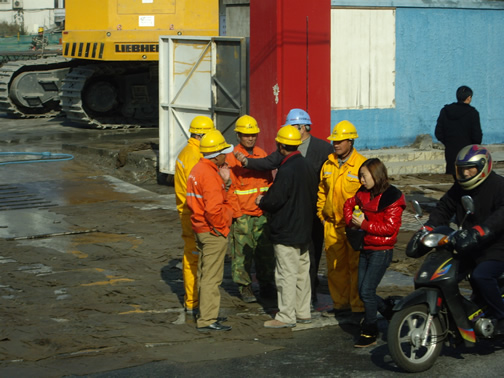 11. Crowds of petite, pony-tailed women in fitted wool or bright puffy jackets, short skirts, and fur-topped boots and men in black puffy coats and skinny black pants, waiting to dodge deftly across traffic
11. Crowds of petite, pony-tailed women in fitted wool or bright puffy jackets, short skirts, and fur-topped boots and men in black puffy coats and skinny black pants, waiting to dodge deftly across traffic
Things I will not miss:
1. Chicken knuckles
2. Chinese traffic/drivers, especially motorbikes
3. Crossing multiple lanes of Chinese traffic as a pedestrian
5. “Pretty lady, you buy —!” yelled in my ear and grabbing my arm
6. Nonwestern toilets/bathrooms bereft of toilet paper, hot water, soap, or paper towels
7. Coins worth .10 yuan (about 1.5 cents)
8. Small coffee cups with no refills
 9. Creepy Santa decorations with haunting, Chucky-esque faces and Christmas music played with odd rhythm or instrumentation, making Christmas into a cheap imitation holiday
9. Creepy Santa decorations with haunting, Chucky-esque faces and Christmas music played with odd rhythm or instrumentation, making Christmas into a cheap imitation holiday
10. Paper napkins big enough for no more than a cocktail and serving dishes placed beyond human reach in the center of the giant, glass lazy susan — and without a serving utensil. But at least I finally mastered chopsticks!
Ten things I will DO with what I have learned:
1. Launch XW1W- a worldwide chance for students to exchange a taste of their daily life, coming soon from TeachersFirst
2. Never again assume that I know what the Chinese want for themselves or for their schools
3. Continue working to help make creativity a core classroom value and offer practicable ways to talk about it, value it, help students build it, and help parents (and those less accustomed to living it) find ways to appreciate and foster it in their own and their children’s lives
4. Continue to ask questions and feel about for answers on the complexities of Chinese culture
5. Try to keep a finger on the pulse of what is happening in Chinese education
6. Never ignore a lost or confused international visitor in a U.S. airport or tourist attraction
7. Stay in touch with this group of educators and continue to learn from their prism-like way of separating new light into different ideas
8. Try to make TeachersFirst approachable and helpful for Chinese educators and those in other non-Western countries
9. Get back together with our delegation at the ISTE conference 2011
10. Continue posting on this blog as I assimilate all that I have collected from the trip




